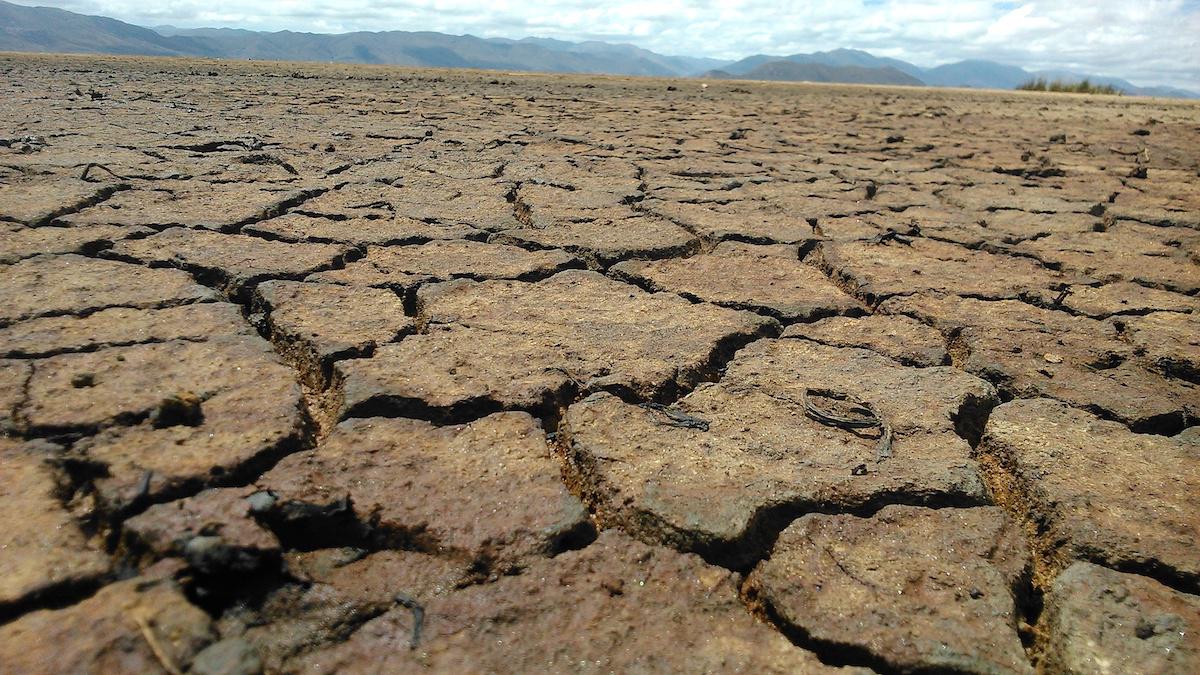

By John Letzing and Andrew Berkley
Water scarcity will be the biggest climate-related threat to corporate assets like factories within the next few decades, according to a recent report – but it seems to have barely registered on investors’ radar.
Of course, the human cost of worsening scarcity is already fully apparent; about one out of every four people in world don’t have access to safely managed drinking water at home, and in just a few years about two-thirds of the global population could face water shortages.
A lack of water is triggering violent conflict in places like India’s Northern Plains, and creating new migrants and refugees who may contribute to further shortages wherever they resettle. Sydney will endure shortfalls within 20 years if the city continues growing at its current rate, according to a recent estimate, while residents of San Jose, California, (the “Capital of Silicon Valley“) are being threatened with penalties if they don’t cut their water use by 15%. Kenya’s drought has been declared a national disaster.
The climate crisis is often cited for these deficits, which are aggravated by demand that grows in tandem with an expanding global population. Water scarcity may therefore be a lively topic of discussion at the UN Climate Change Conference (COP26) slated to begin later this month.
The World Economic Forum has created a visualization of some of the most glaring instances of disappearing surface water around the world. The following are four excerpts.
Water Scarcity: Lake Mead
This U.S. reservoir supplies 90% of the water for an area of Nevada that’s home to rapidly expanding Las Vegas. According to a recent government projection, there’s a 66% chance it will hit a “critically low” elevation by 2025. In this and other excerpts, a satellite view from 1984 to 2019 is on the left, while an augmented view on the right features a red color representing surface water loss as of 2018.
Lake Mead. World Economic Forum
Water Scarcity: The Aral Sea
Wedged between Kazakhstan and Uzbekistan, this was once the world’s fourth-largest inland lake. But the rivers that traditionally fed it were diverted for irrigation, and climate change has intensified local water scarcity.
The Aral SeaI. World Economic Forum
Water Scarcity: Lake Poopó
Once Bolivia’s second-largest lake, it has now almost entirely disappeared. Excessive use of its water sources for irrigation is largely to blame, and a warming climate threatens to undermine its recovery. However, experts believe it can still be saved.
Lake Poopó. World Economic Forum
Water Scarcity: Lake Urmia
The water level of this lake in Iran has declined dramatically in the past couple of decades, and one study suggested that about three-fifths of its loss of inflows between 1960 and 2010 resulted from climate change (efforts like reworking irrigation systems are now underway to help restore what was once a popular tourist destination).
Lake Urmia. World Economic Forum
Of course, the changing climate can also trigger unwelcome surpluses. In the U.S., Lake Michigan’s abnormally high level recently threatened to inundate Chicago with wastewater, for example.
While their impacts may vary, the focus on adapting to increasingly unpredictable rainfall patterns must be singular – by shoring up the ways water systems are managed, for example, and by deploying new means of harvesting water and irrigating crops.
More Reading on Water Scarcity
For more context, here are links to further reading from the World Economic Forum’s Strategic Intelligence platform:
- Nuclear power, trapping carbon emissions, and even simply growing trees can have serious water implications, according to this piece – which argues that related risks should be taken into account by negotiators at COP26. (Circle of Blue)
- The “burn scars” left behind by increasingly-prevalent wildfires in the western U.S. have forced small towns to choose between spending millions of dollars on filtering water, or simply shutting off their intake and risking shortages, according to this report. (Kaiser Health News)
- The addition of 25 million people in 10 years, climate change, and now this – Egypt’s water issues have become more severe in light of a planned Ethiopian dam, and it’s formulated a response that could cost as much as $100 billion, according to this report. (Al-Monitor)
- The “water positive” pledges made recently by Google and Facebook – Google says it will replenish 120% of the average water consumption at its facilities and data centers, for example – are a wake-up call for the tech sector, according to this analysis. (GreenBiz)
- India extracts more groundwater than the U.S. and China combined, resulting in debilitating water-scarcity issues, according to this report – which argues that related problems can be tackled through scientific research and greater community participation. (India Development Review)
On the Strategic Intelligence platform, you can find feeds of expert analysis related to Water, Climate Change, and hundreds of additional topics. You’ll need to register to view.
World Economic Forum
Reposted with permission from World Economic Forum.

 233k
233k  41k
41k  Subscribe
Subscribe 




